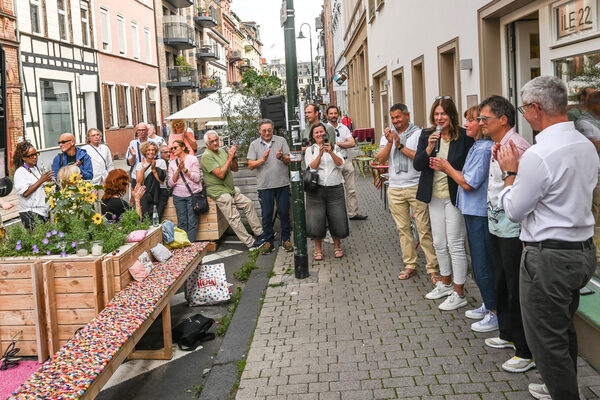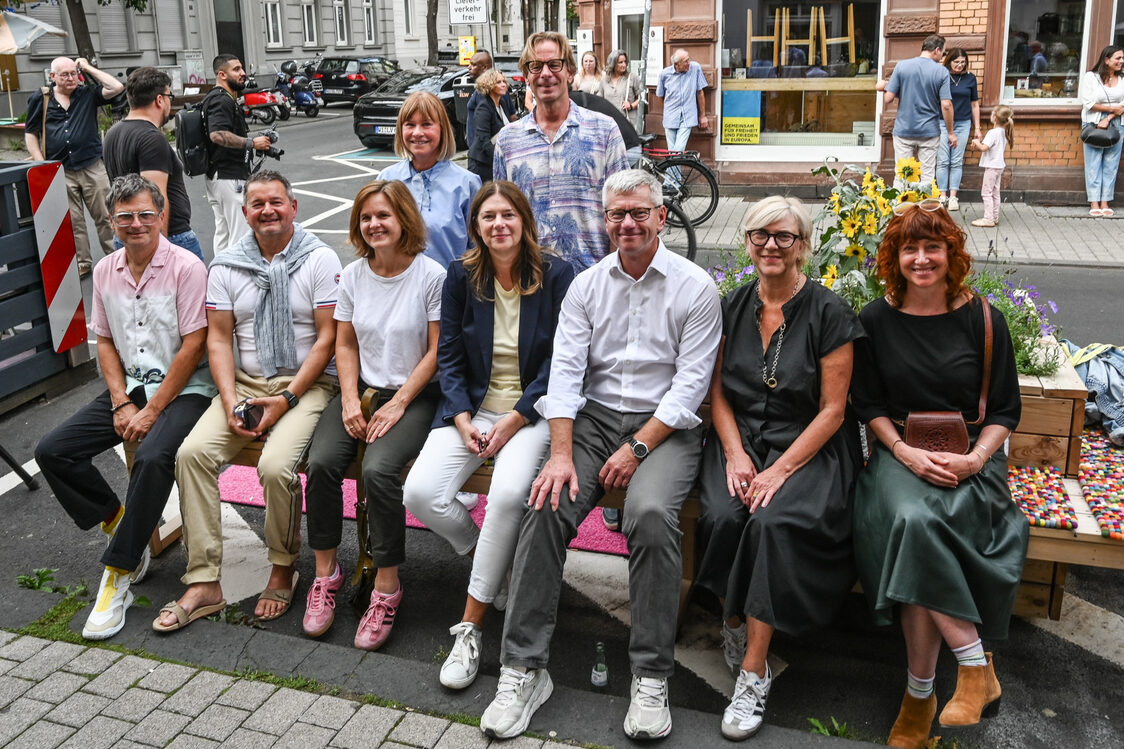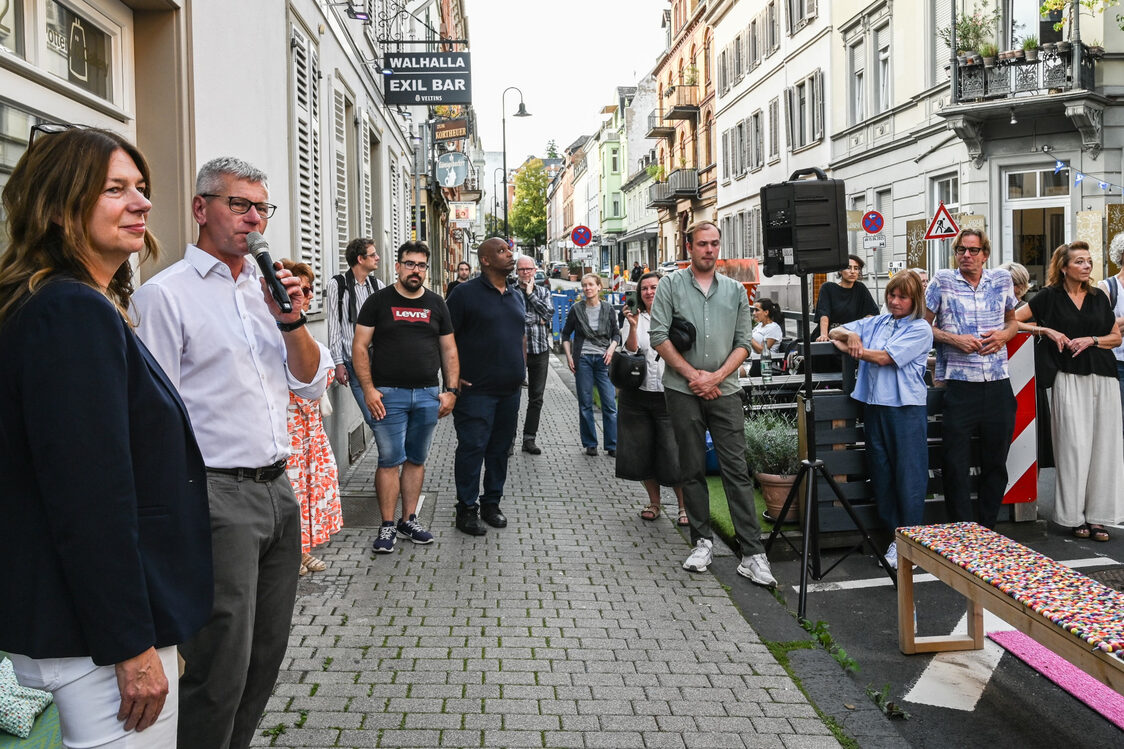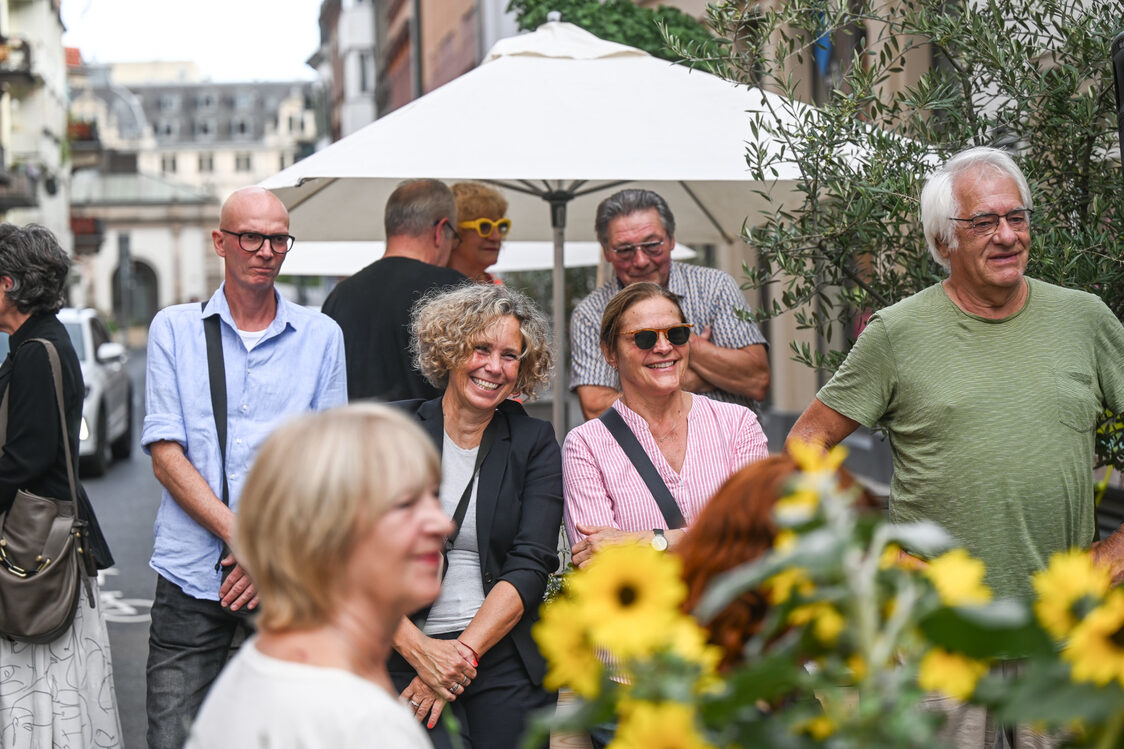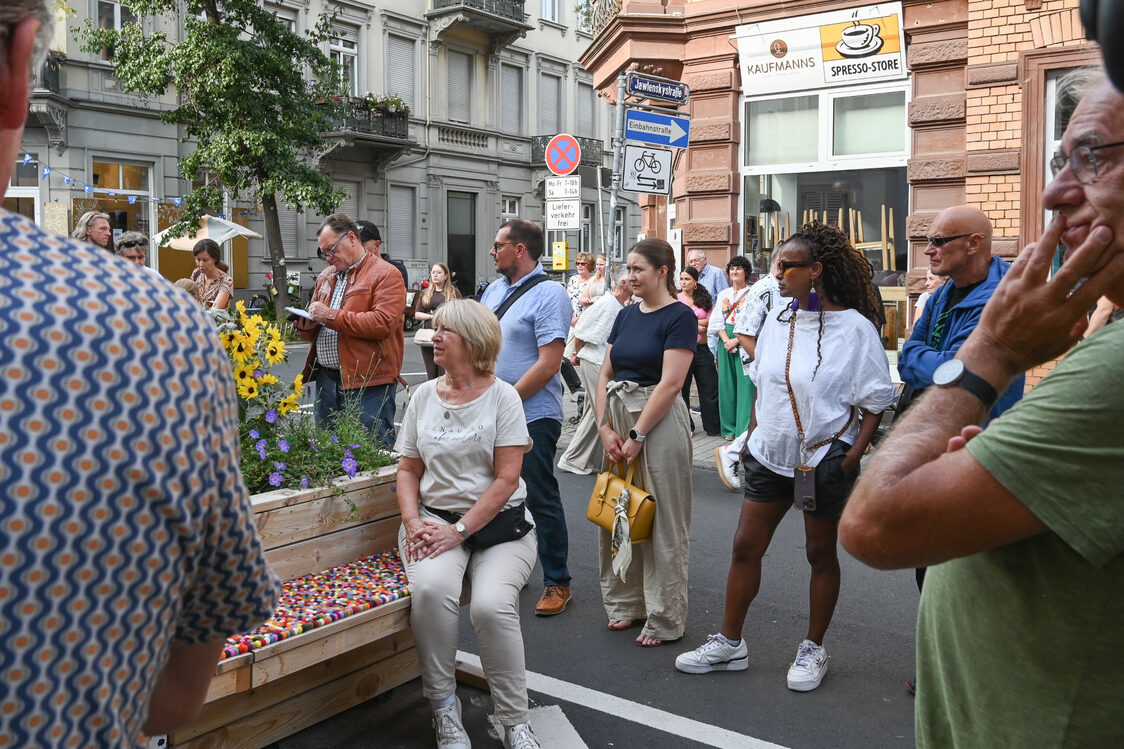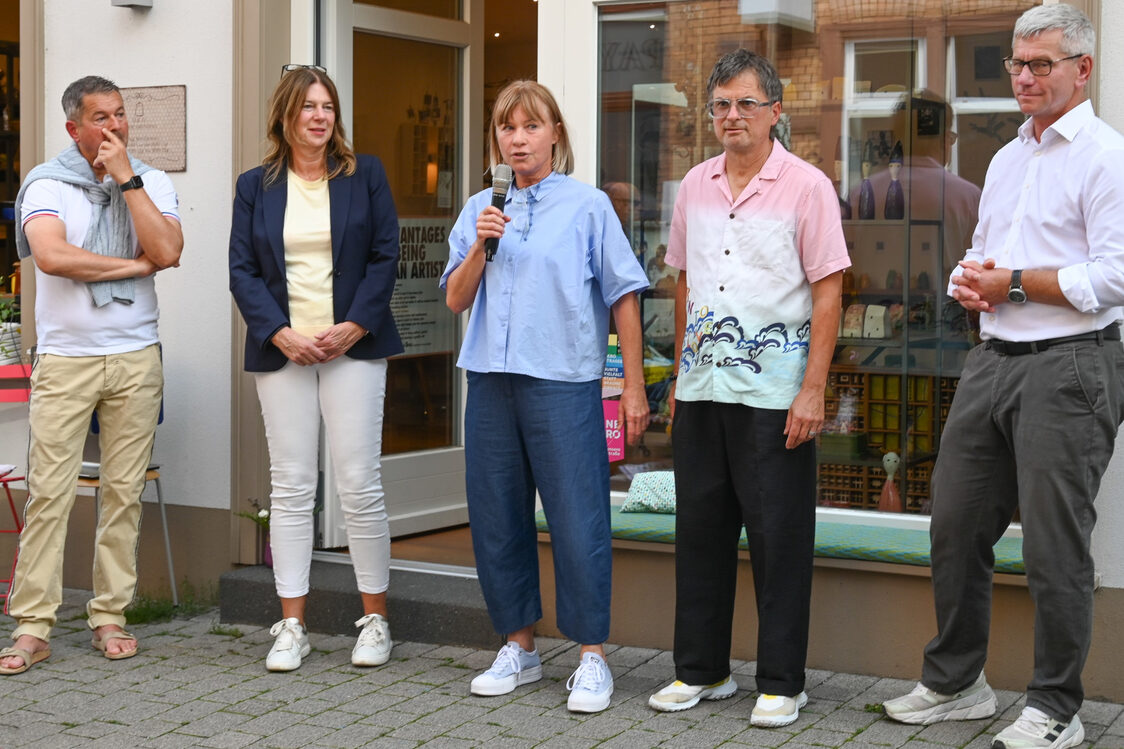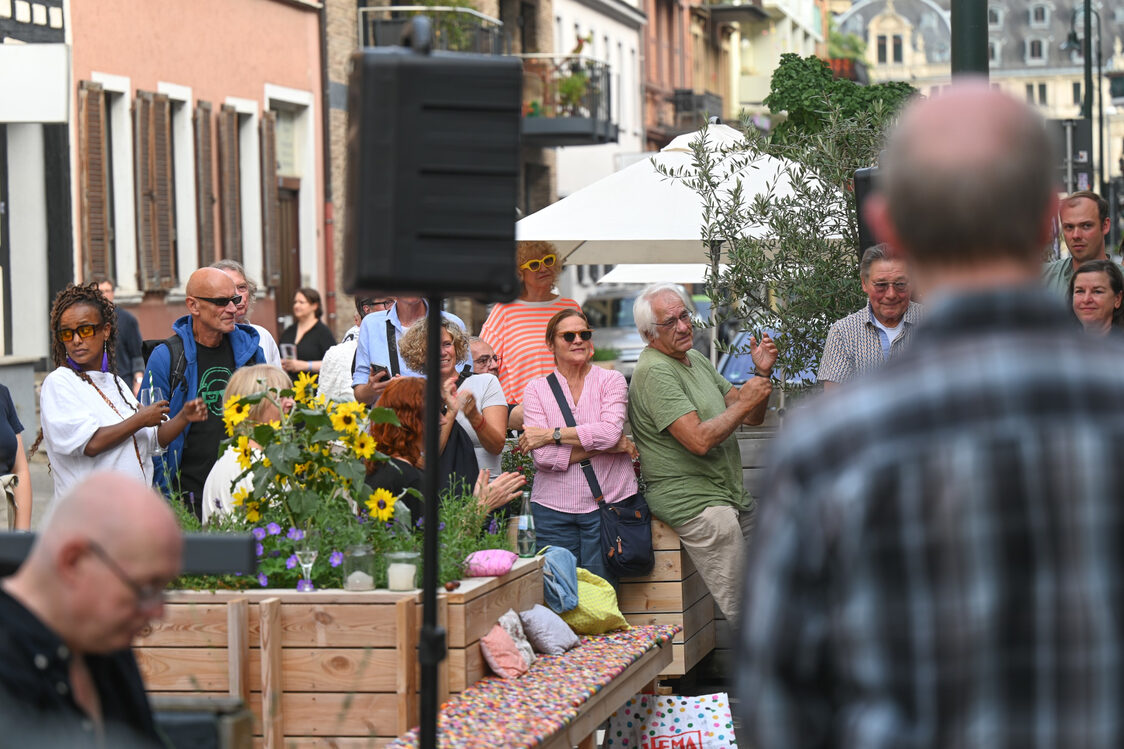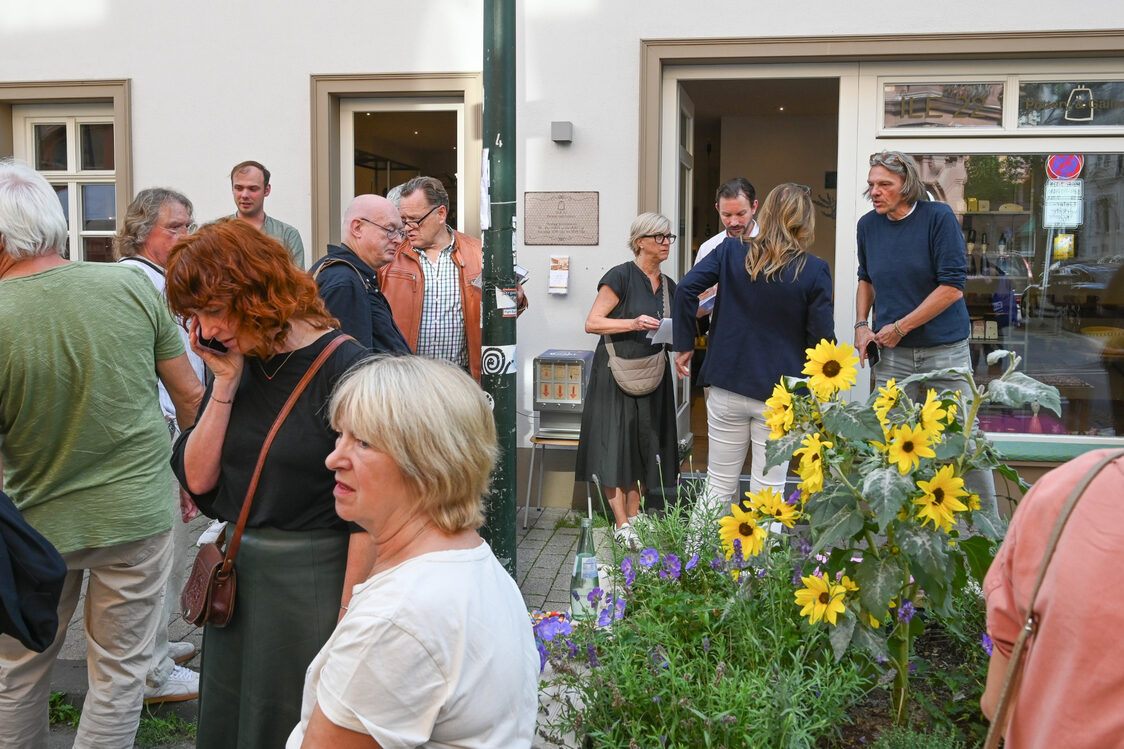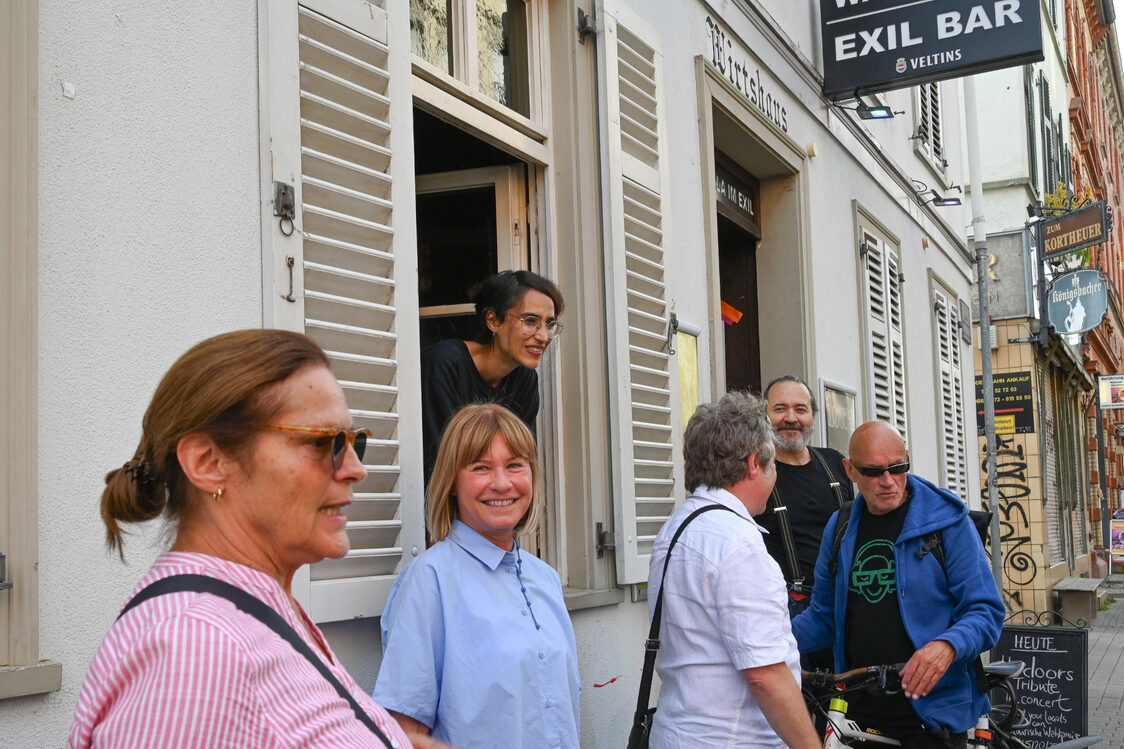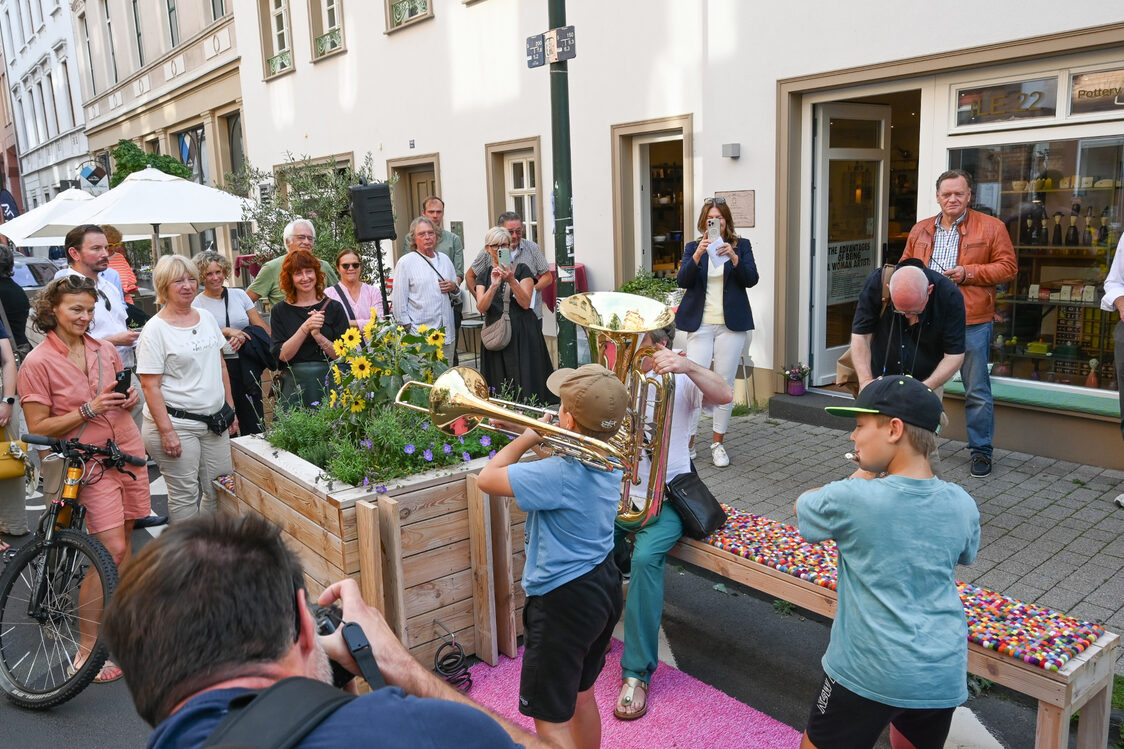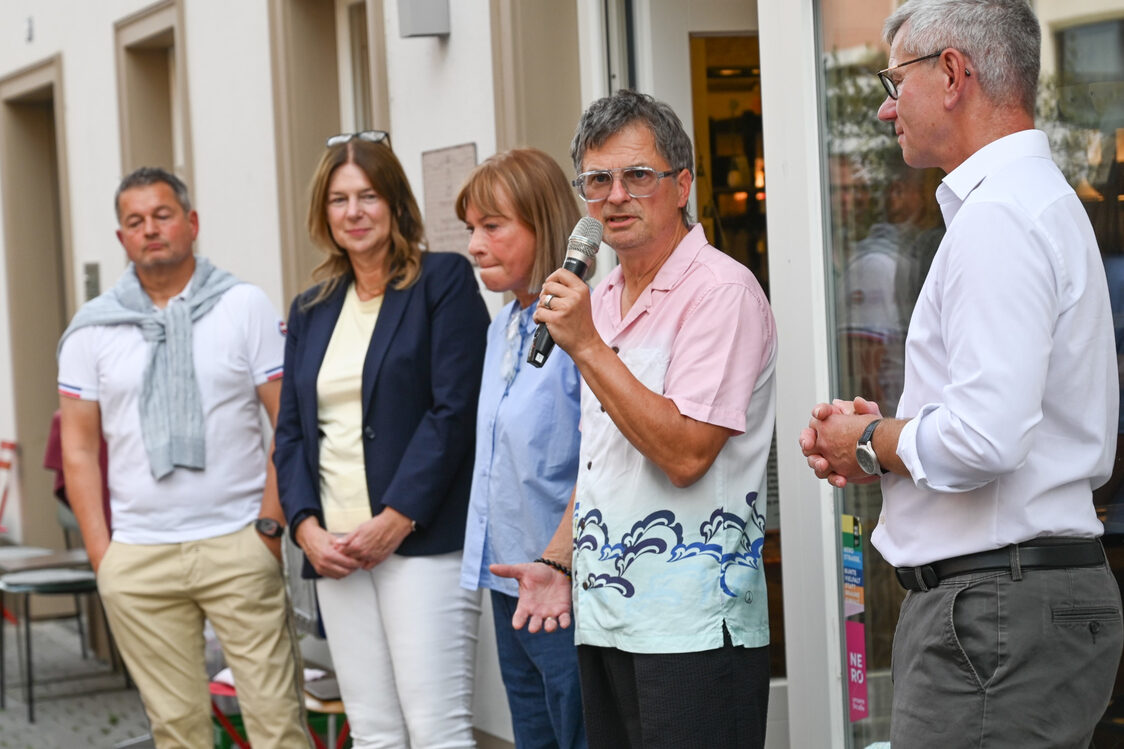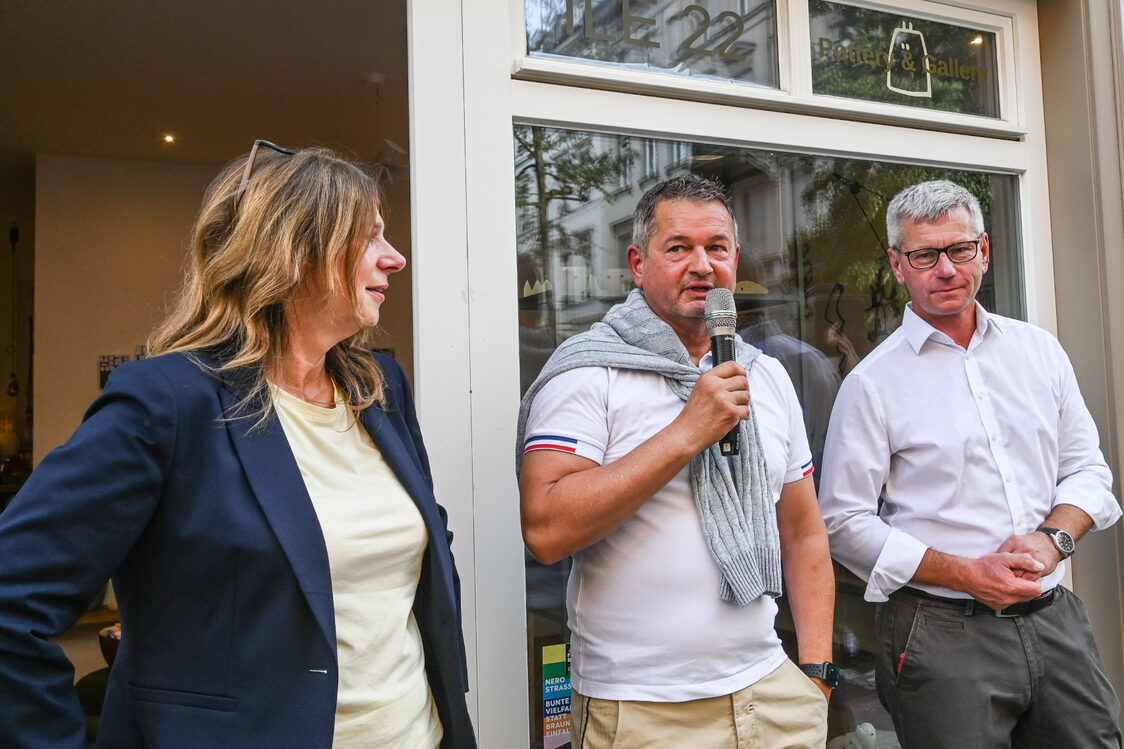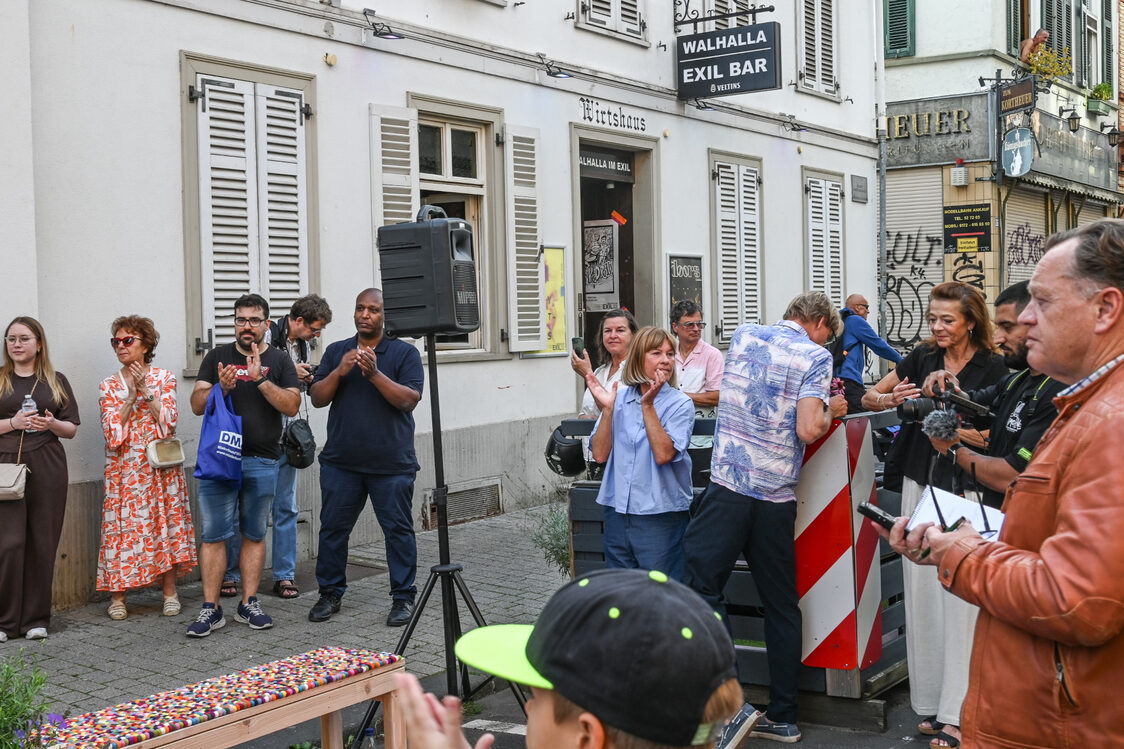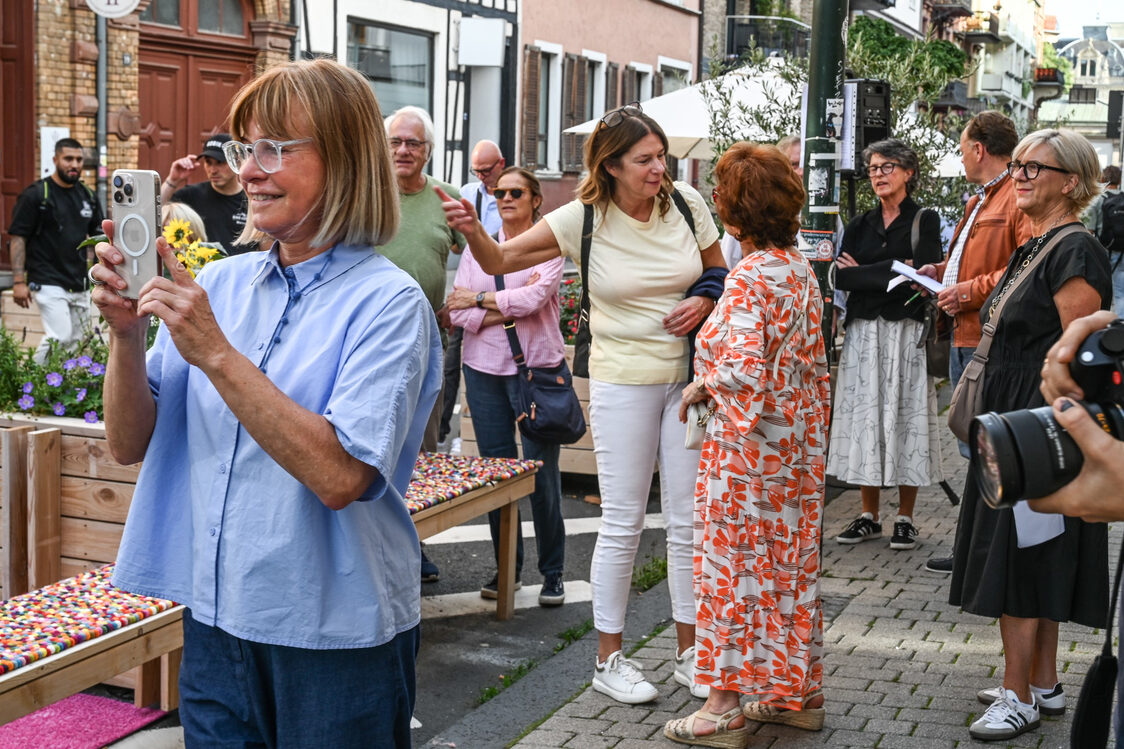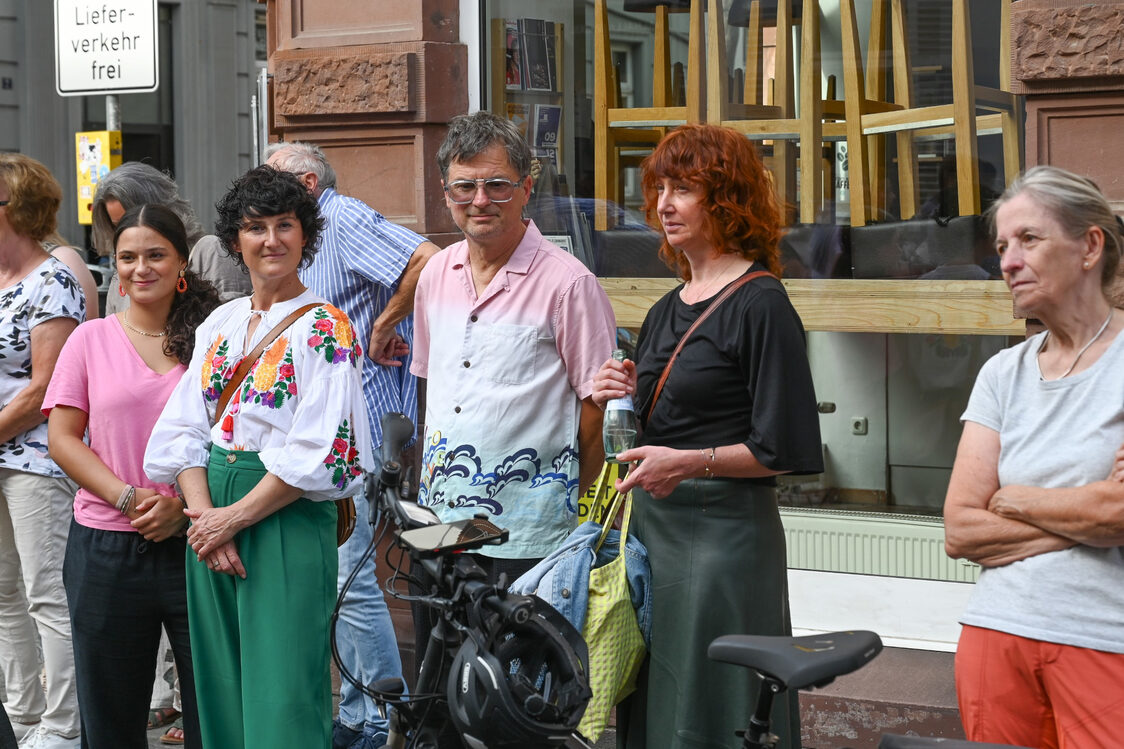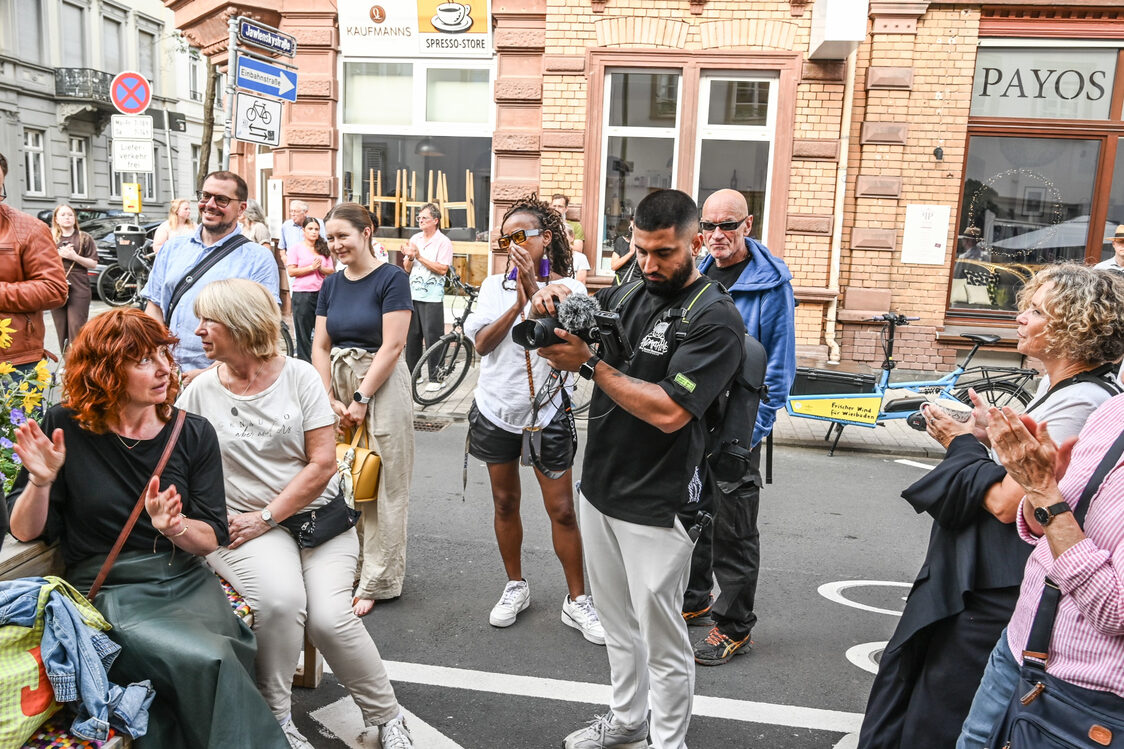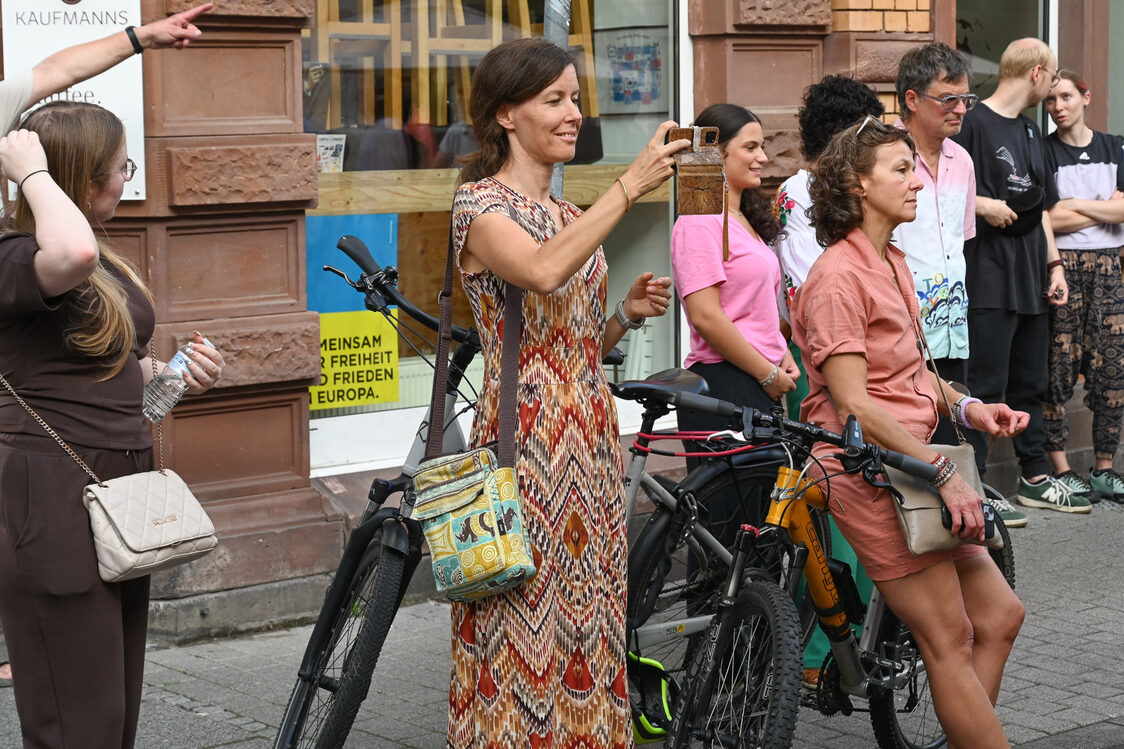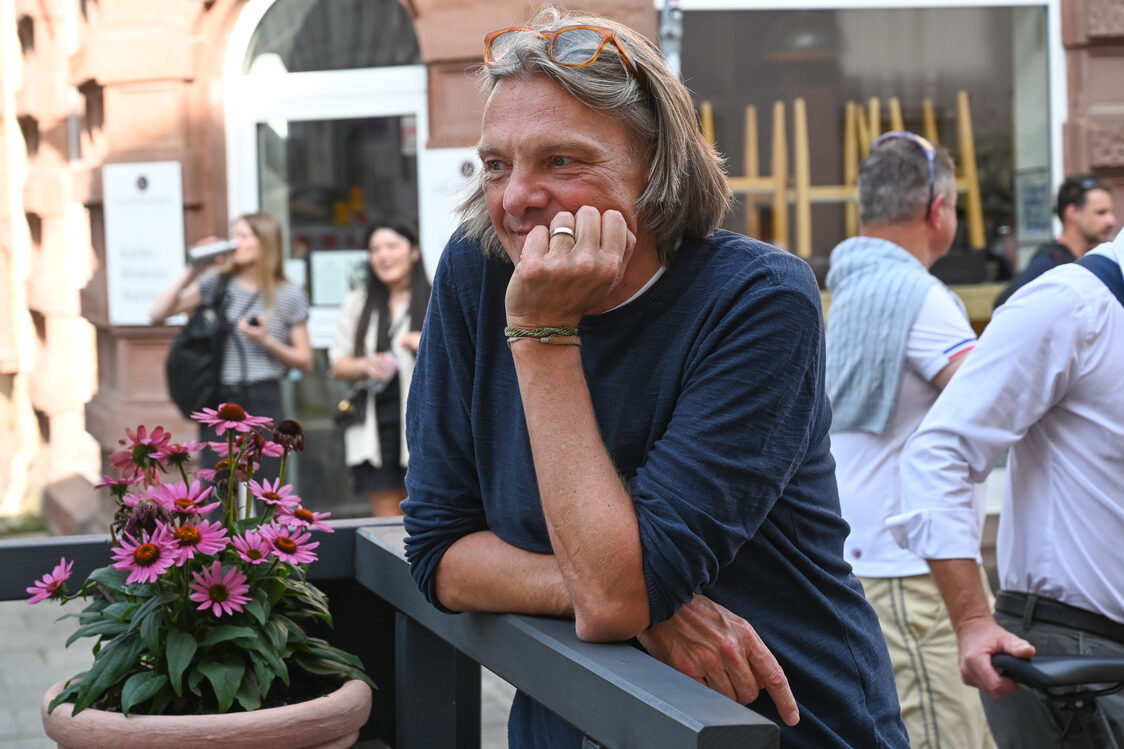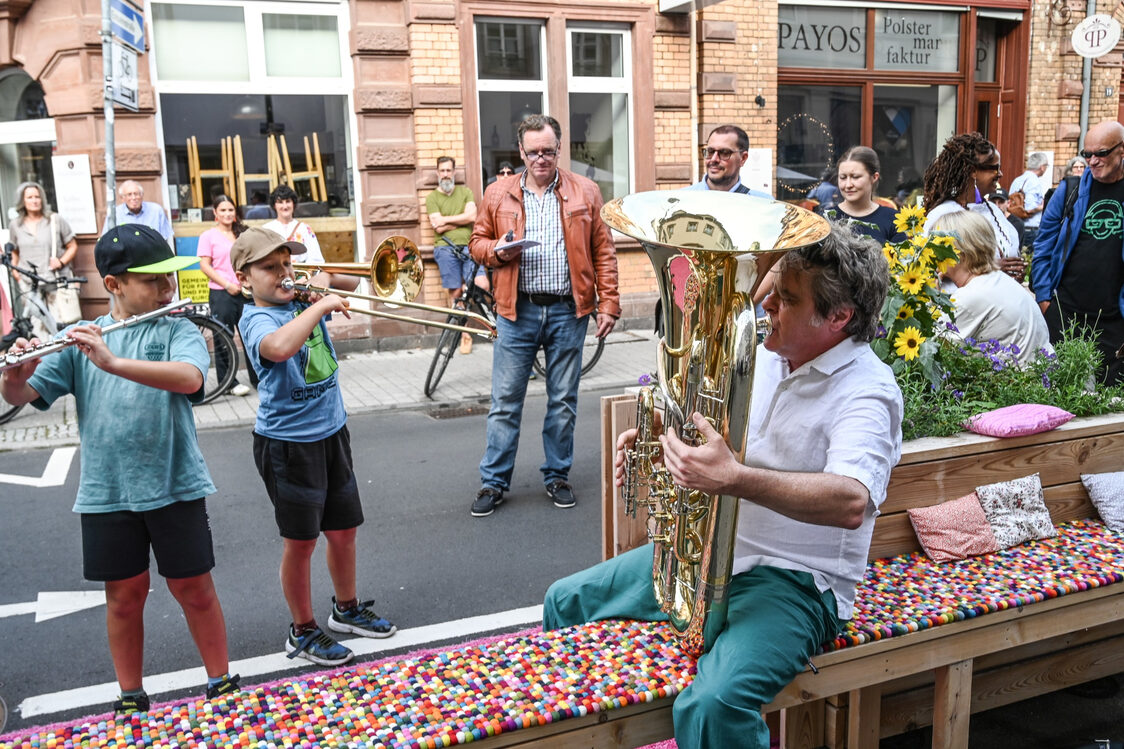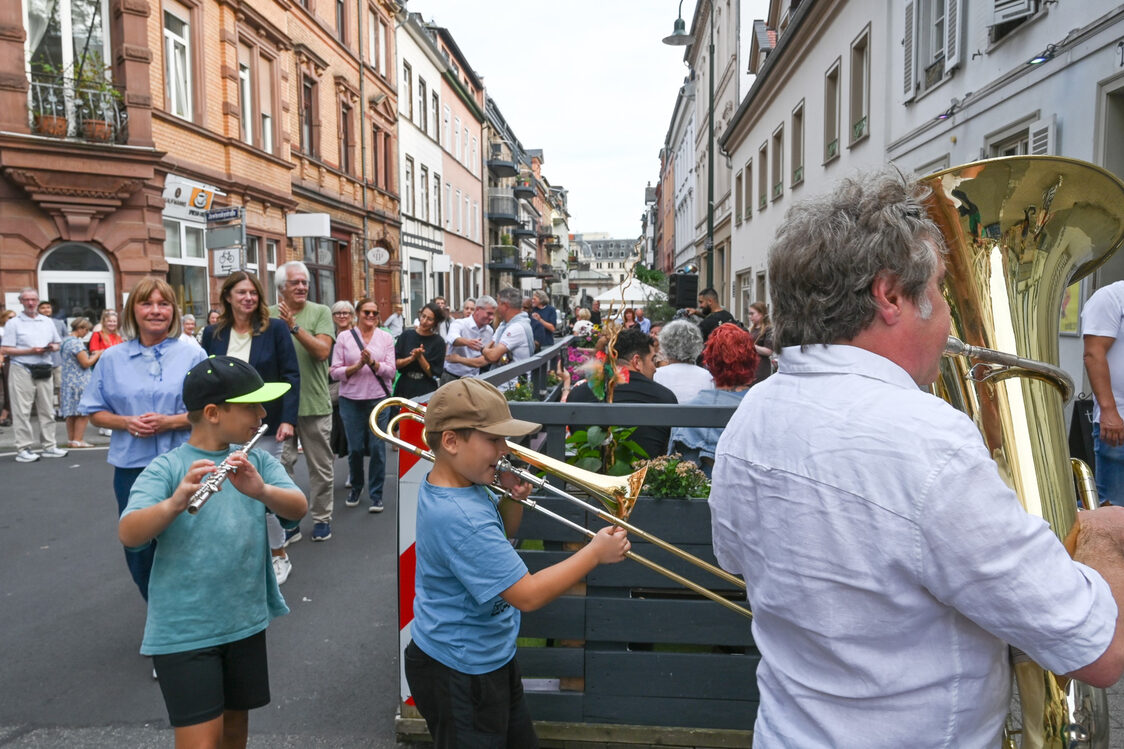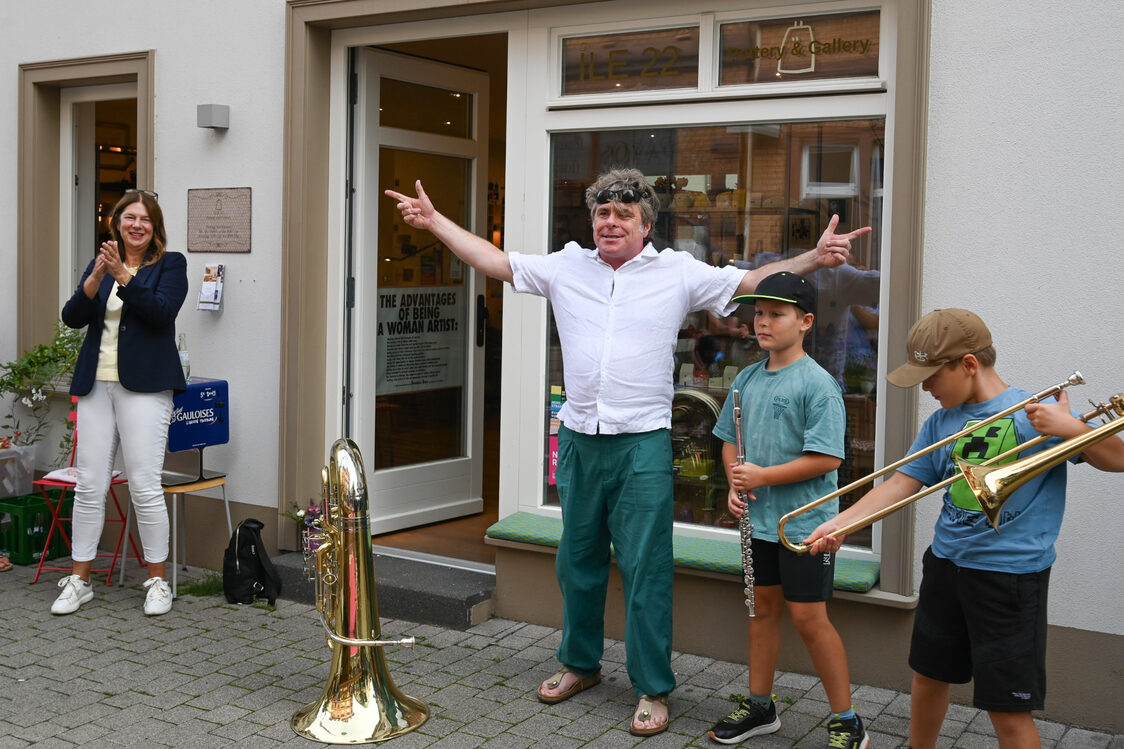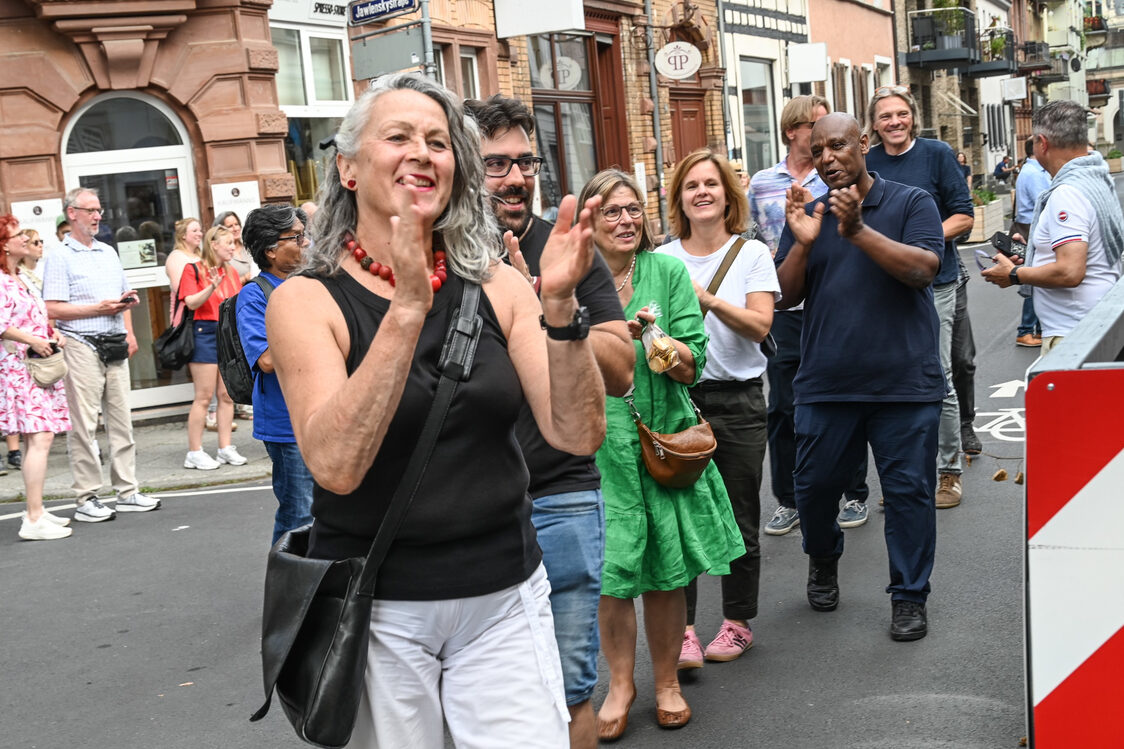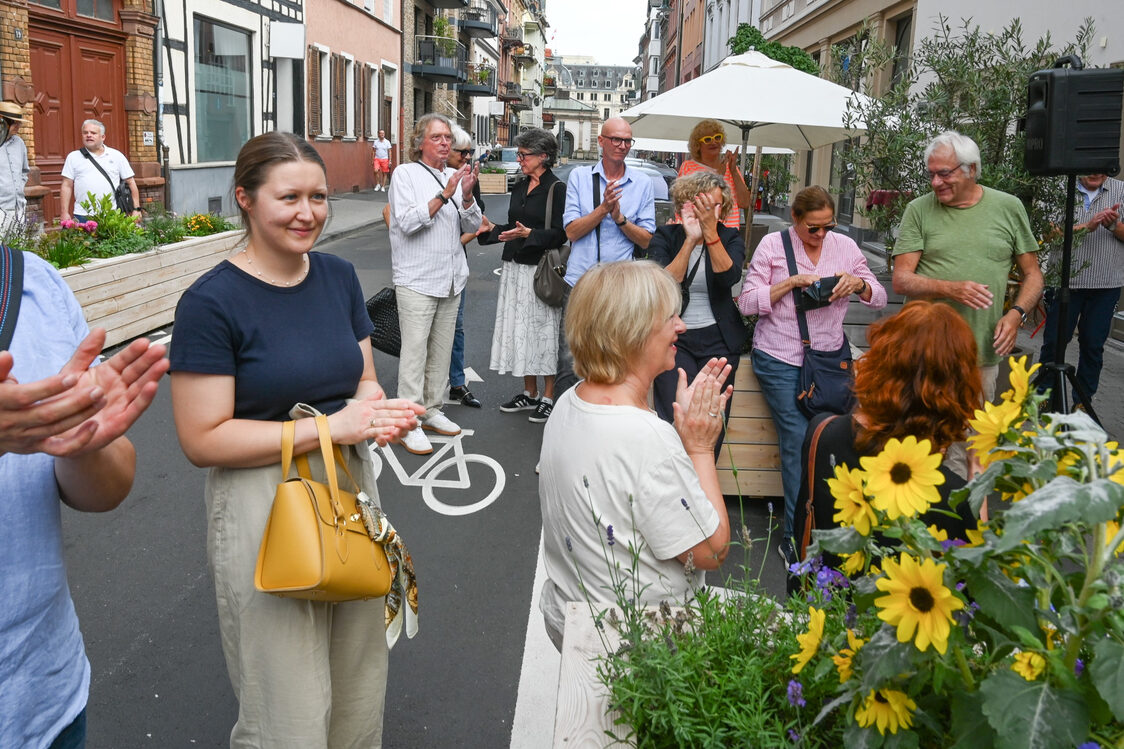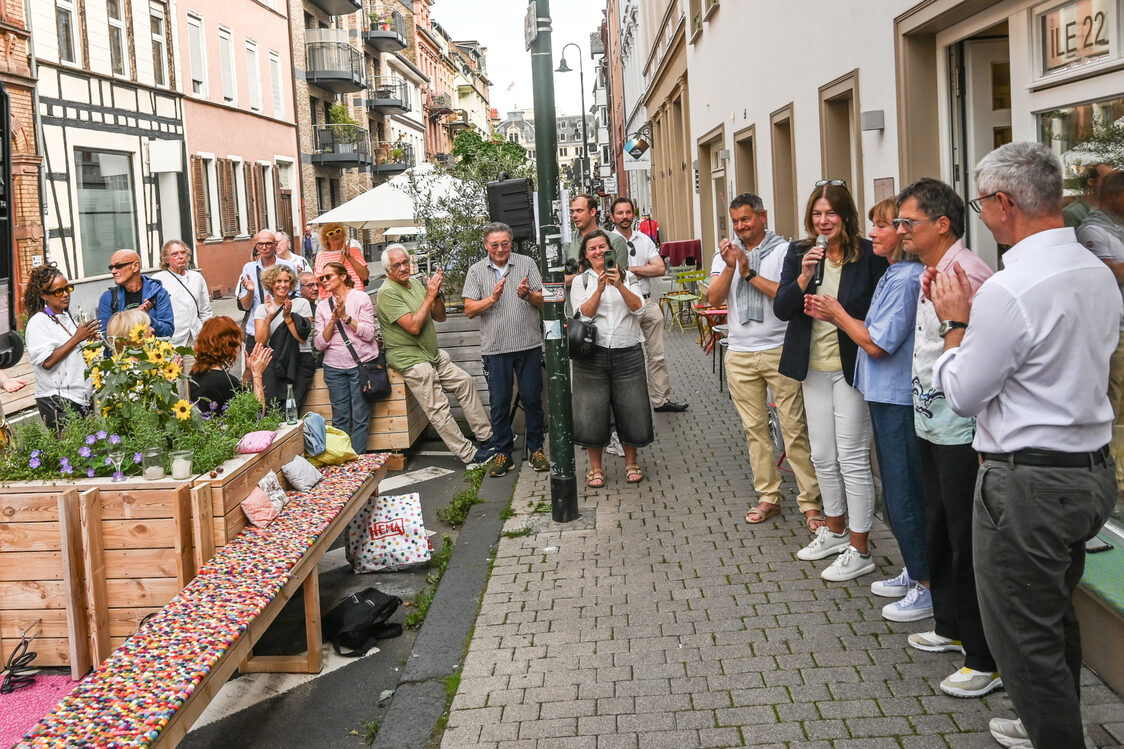Redesigned Nerostrasse
The redesigned Nerostrasse in the Mitte district offers more quality of life and safety as an urban development upgrade. The aim is to increase local road safety and improve the quality of life by introducing a 20 km/h zone, new parking regulations, additional loading zones and more greenery.
The redesigned Nerostrasse stands for a better quality of life, safety and a modern, urban Wiesbaden - it is a gain for the district and for the entire city.
The new 20 km/h zone and clearly marked parking spaces on both sides of the street will help to slow down through traffic and increase safety for all road users.
The redesign is the result of intensive public participation: The "Lebenswerte Nerostrasse" initiative as well as local residents and tradespeople actively helped shape the process with their ideas, drive and commitment in workshop discussions and on-site meetings.
Shaping inner-city space for the future
The most important aim of the redesign of Nerostrasse was to calm traffic for a livable district as part of the city center master plan. Newly installed planters and a so-called "Nero Island" with seating and an integrated bicycle stand further enhance the street space. The green plants are maintained and cared for by the local businesses, who have taken on sponsorships for the planters. At the same time, the 20 km/h speed limit ensures greater safety on daily routes, especially for children and young people on their way to school.
With the future-oriented design of Nerostrasse in the densely built-up city center, a space has been created where people can enjoy spending time and coming together. This benefits not only local residents, but also the many restaurants and cafés. The current arrangement is initially valid for two years, after which an evaluation will be carried out on the basis of which further measures could follow.
The redesign was implemented by the civil engineering department of the state capital of Wiesbaden. The city's city management department assisted with the concept and the acquisition of funding. The project was financed by the city's garage fund and with funds from the federal program "Sustainable inner cities and centers" (ZIZ) of the Federal Ministry of Housing, Urban Development and Building.
